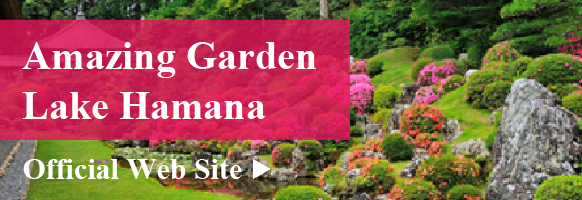Discover Hamamatsu’s heritage at Hamamatsu Castle
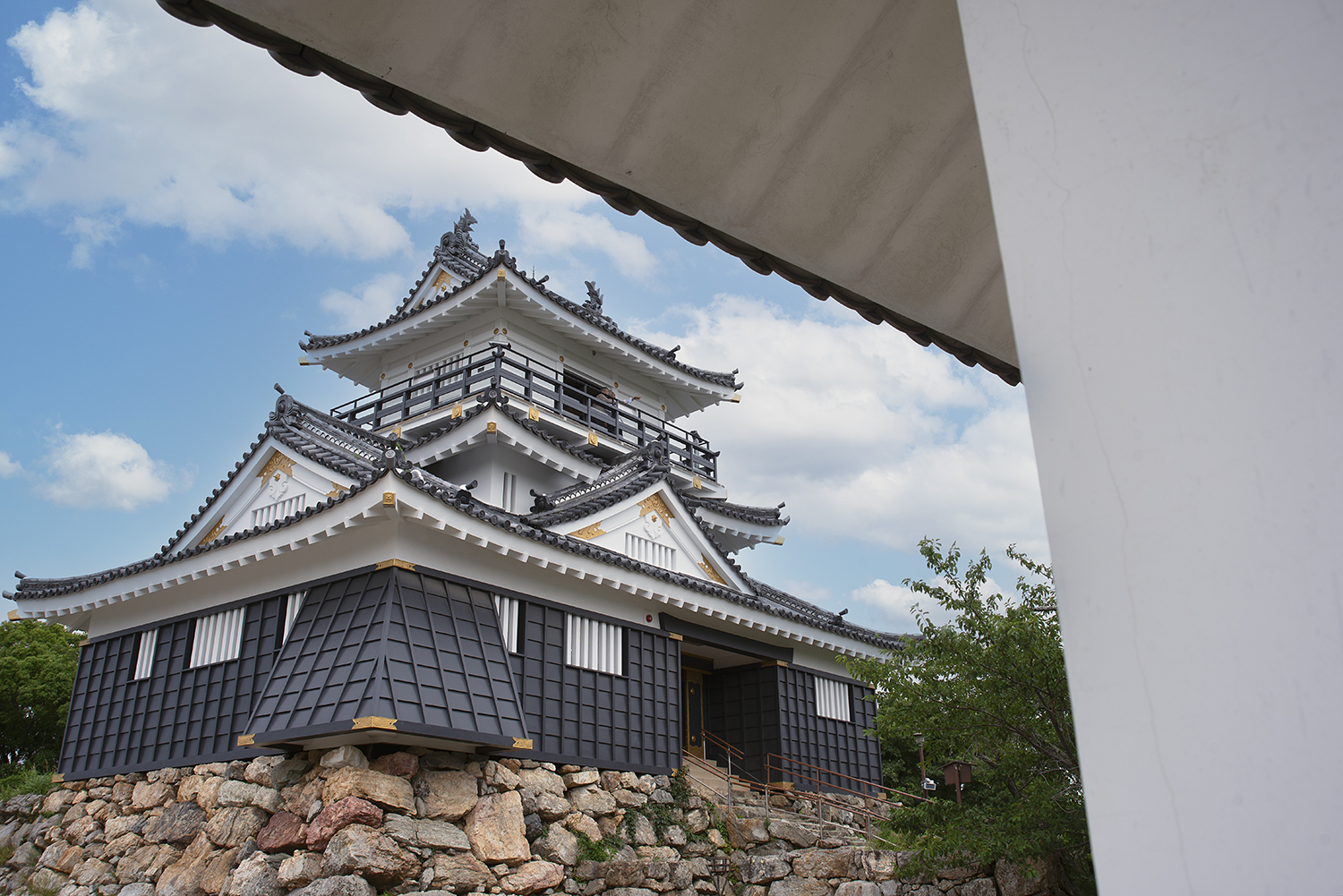
Hamamatsu Castle is a historic landmark that holds great significance in Japan’s history. With its rich heritage and deep connection to one of the country’s most important samurai lords, the castle remains a popular tourist destination and a testament to Japan’s feudal past.
The history of Hamamatsu Castle dates back to the 16th century during the Sengoku or Warring States period. The castle was first built as Hikuma Castle, but was renamed to Hamamatsu Castle in 1570 by Tokugawa Ieyasu, a prominent feudal lord and the future shogun who would unify Japan and establish the Tokugawa shogunate. With its strategic location on the Tokaido, one of the major highways linking Kyoto and Edo (present-day Tokyo), the castle served as a defensive stronghold and provided a vital base for Ieyasu to organize his forces and communications.
Restoration of former glory
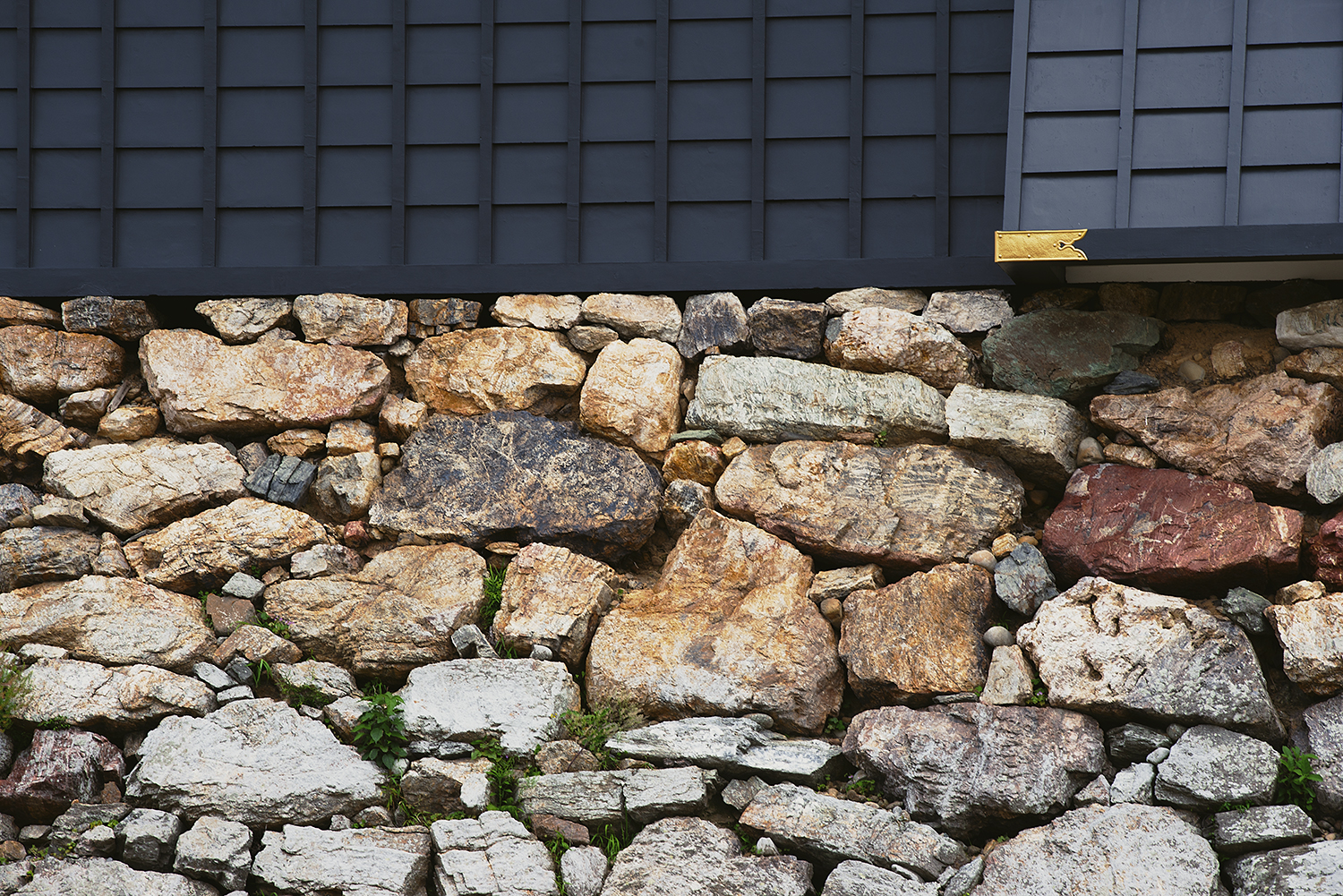
Once an extensive fortification of walls, gates and numerous structures, all that remains today of the castle are its Tenshu Gate and majestic main tower. Both are faithful reconstructions – the white-and-black castle tower was rebuilt in 1958 after being destroyed during World War II, while the white plaster-walled Tenshu Gate was restored in 2014. However, the castle’s unique “nozura-zumi” stone foundations, with their rough, natural blocks and large gaps, are original.
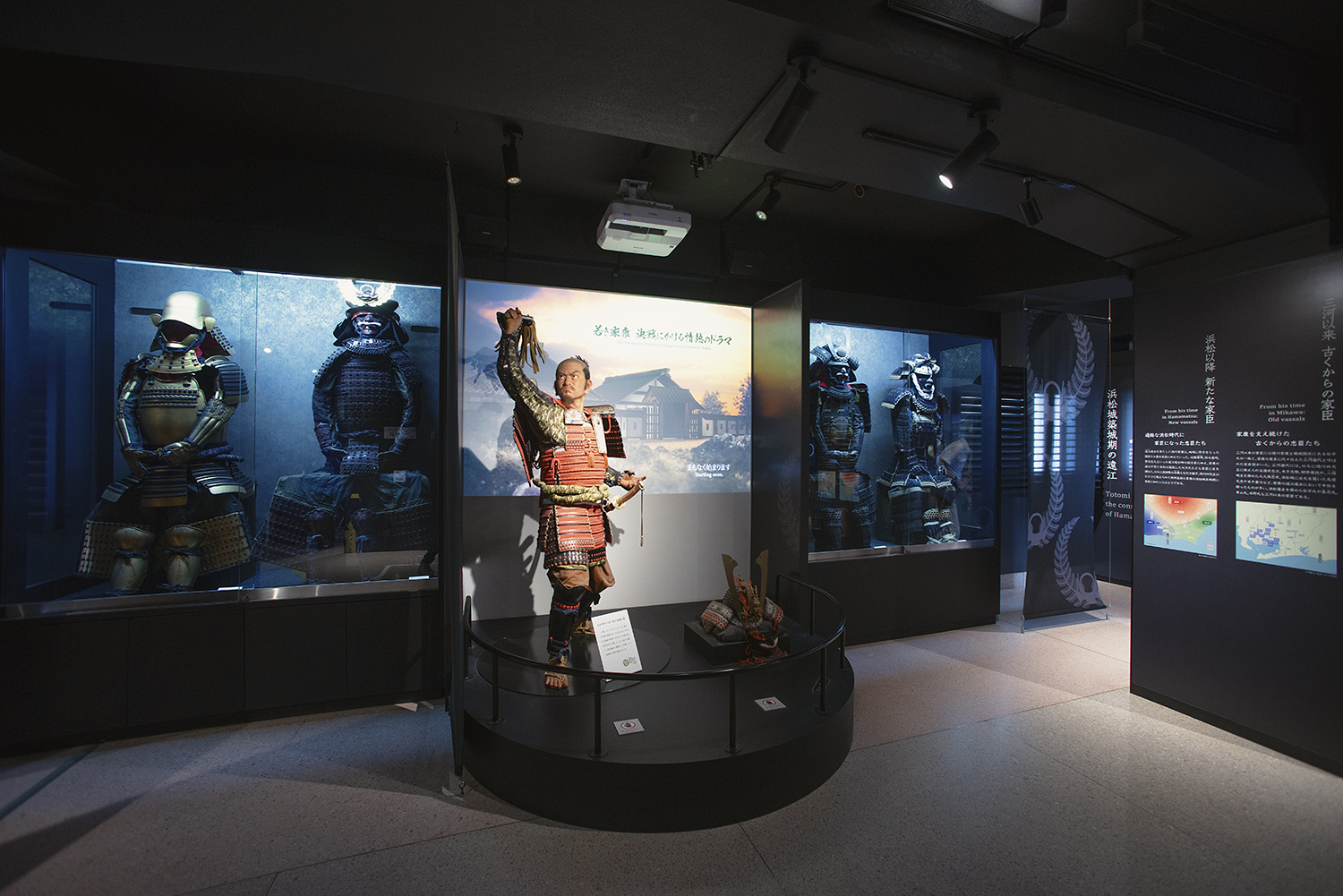
Caption: Exciting exhibits bring history to life!
Inside the castle tower, visitors can explore various exhibits that showcase the castle’s history and the life and achievements of Tokugawa Ieyasu. Dynamic video presentations provide insight into the castle’s role in shaping Japan’s history, particularly the Battle of Mikatagahara (1572), in which Tokugawa’s forces battled the armies of Takeda Shingen and suffered a terrible defeat.
Other exhibits on the first and second floors feature a diorama of the castle in the Edo period (1603-1867), artifacts dug up during excavations, suits of samurai armor and weapons, and pictures of the castle around the time of its reconstruction. Head up to the third floor at the top of the castle tower to enjoy panoramic views of the castle grounds, Hamamatsu City and even Mount Fuji on a clear day. The basement floor features a well, while the first floor has a small souvenir shop with Hamamatsu Castle-themed stickers, notebooks and hand towels, among other items.
Relax in the peaceful castle grounds
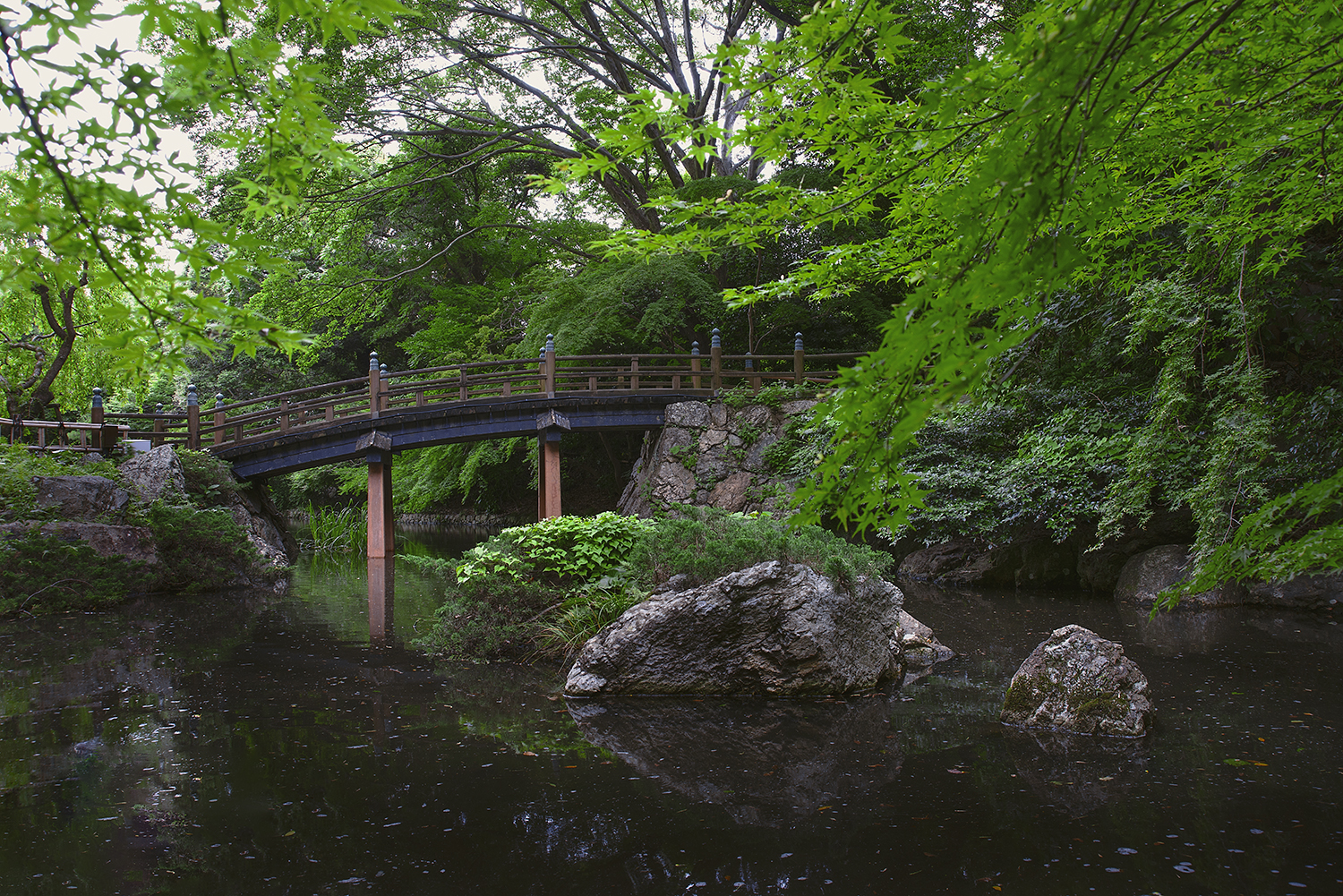
Allow time to stroll through the picturesque park surrounding Hamamatsu Castle, an urban oasis that attracts visitors with its serene atmosphere and lush greenery. Just behind the tower is a pleasant Japanese garden full of tall trees that shade the footpaths meandering alongside a large carp pond, complete with a waterfall and wooden bridge. The park offers ample space for relaxation, over 360 cherry trees that burst into blossom during spring, and an array of vibrant foliage during autumn.
Make time for tea
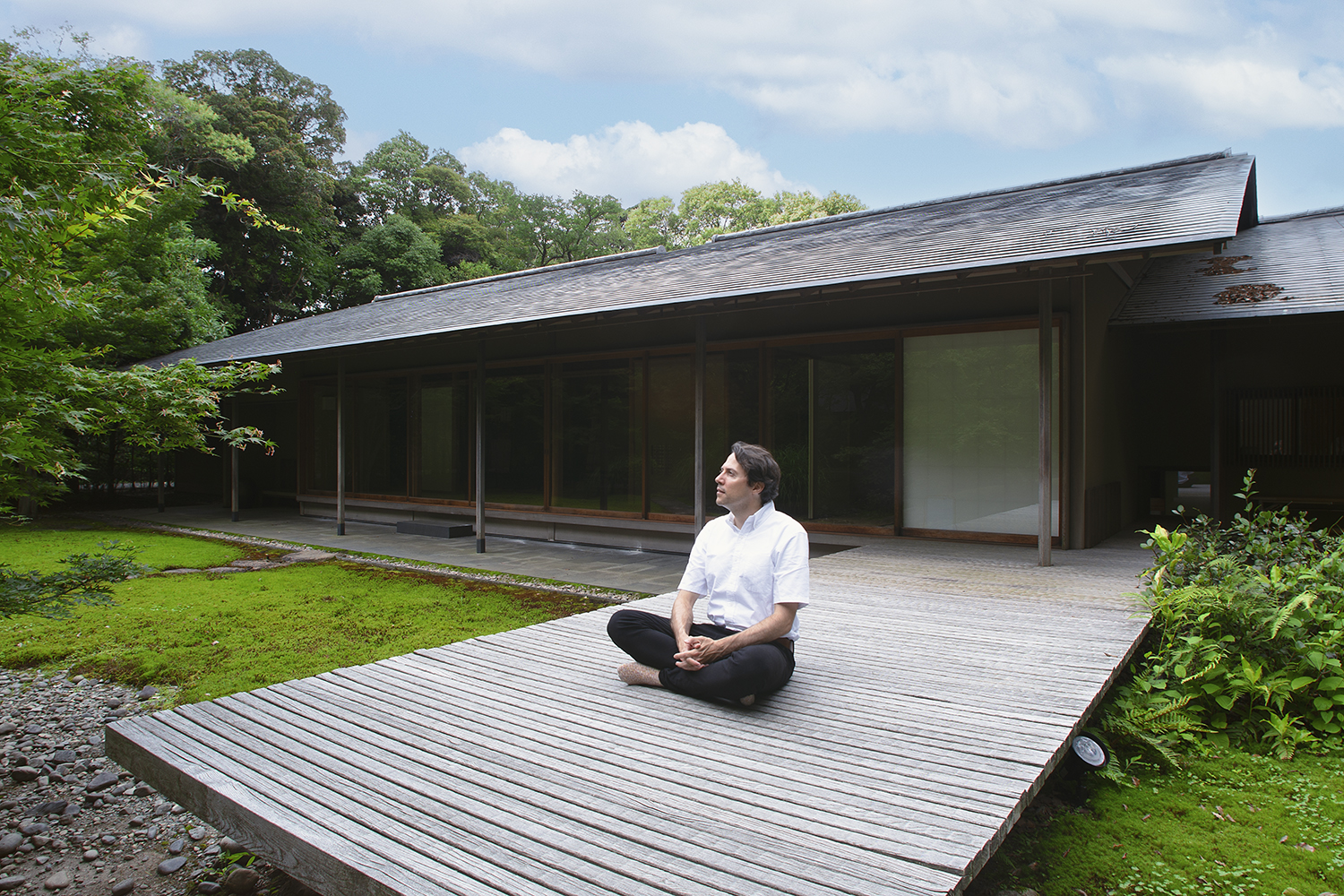
Further away from the tower in a secluded section of the park is Shointei, a tea ceremony house. The main building, designed by architect Yoshio Taniguchi, is built in the Sukiya-zukuri style and incorporates traditional tatami mats and shoji paper sliding doors, with more modern aspects such as a raised “Moon-Viewing Platform” that extends into the garden. A traditional tea house, Hagian, also lies deeper in the garden hidden in the dense greenery and features traditional elements such as stone washbasins and a steppingstone path.
At Shointei, green tea and Japanese sweets are served. There is no need to make a reservation or wear formal attire, and bench seating is available. Depending on the day, the tea may be either loose leaf or powdered green tea. Sip on the tea, appreciate the artistry of the teacups and bowls, and enjoy the meditative calm of the Japanese garden with its subtle blend of foliage that changes with the seasons.
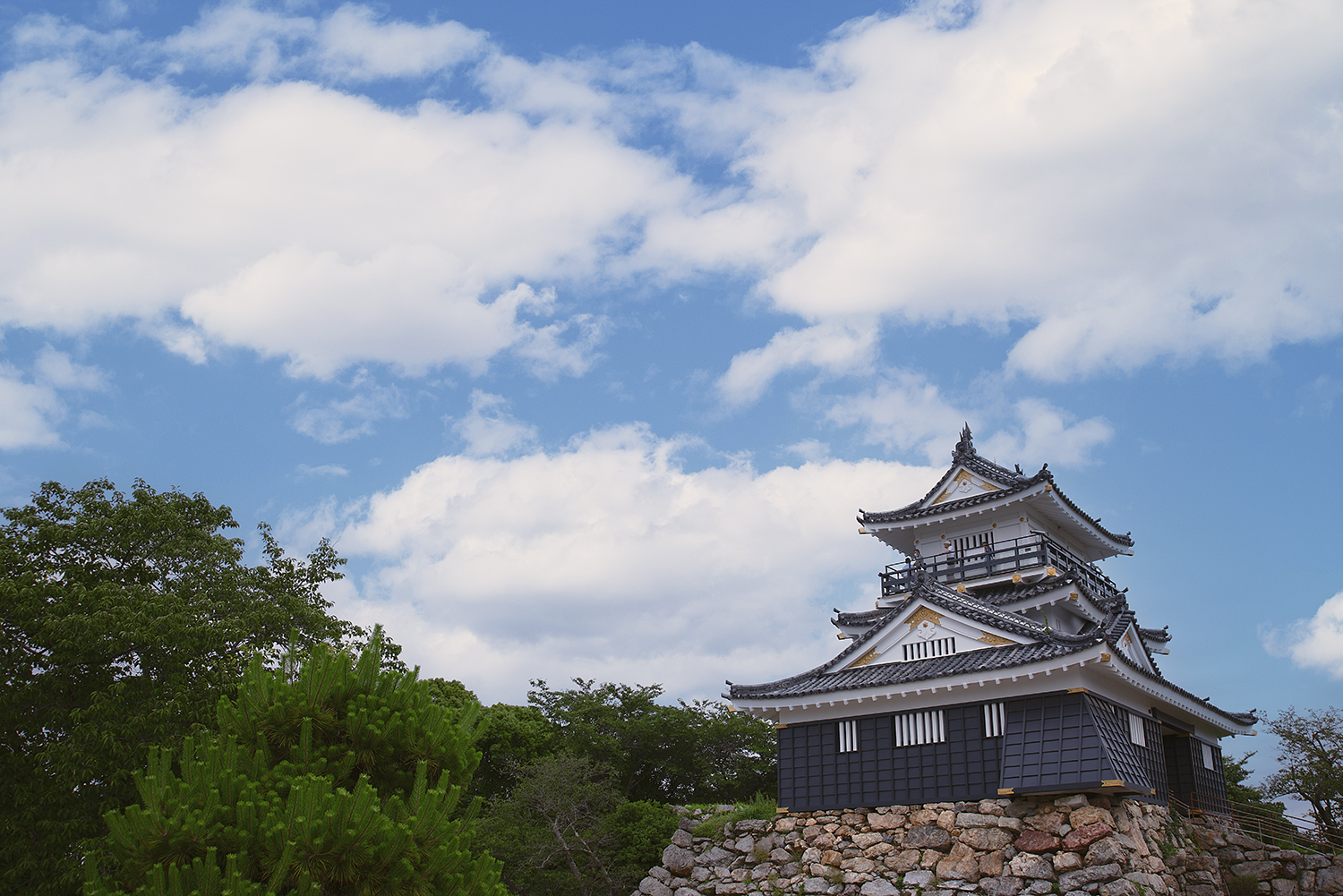
Understand Hamamatsu’s unique position in Japan
Hamamatsu Castle stands as a testament to Japan’s feudal past, serving as a tangible link to the country’s rich history. With its magnificent architecture, beautiful park and fascinating exhibits, it offers visitors an opportunity to immerse themselves in the captivating stories of the past and gain a deeper understanding of Japan’s cultural heritage.

